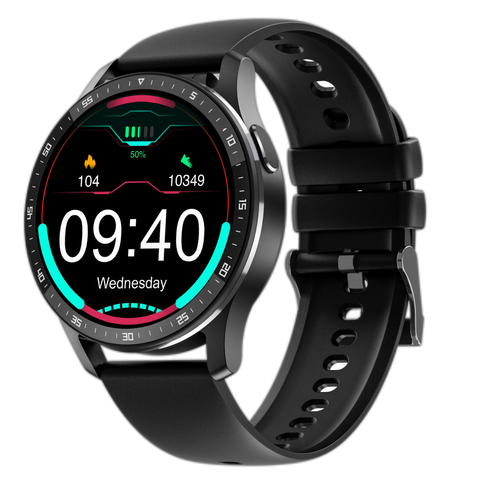Trendy Mens Watches 2023
In the era of smart technology, the wristwatch has evolved from a timekeeping accessory to a multifunctional gadget that tracks our health, keeps us connected, and even tells us which way to turn. Yet, have you ever wondered why the majority of smartwatch wearers opt to adorn their left wrist? In this blog, we delve into the reasons behind this prevalent choice and explore the cultural, practical, and ergonomic factors that contribute to the left wrist becoming the favored spot for our smart companions.
Cultural Traditions and Historical Norms:
-
Historical Wear Tradition: Traditionally, watches, whether analog or digital, have been worn on the left wrist. This convention dates back to the era when wristwatches were first introduced during World War I. Soldiers, accustomed to wearing pocket watches on their left side for easy access with their right hand, naturally transitioned to wearing wristwatches on the same side when the design changed.
-
Right-Hand Dominance: The majority of the world's population is right-handed, and wearing a watch on the left wrist is a practical choice for easy time-checking and adjustments using the dominant hand. This cultural norm has persisted, influencing the modern preference for left-wrist placement.
Practical Considerations:
-
Ergonomics and Comfort: The left wrist is often considered more comfortable for wearing a watch, especially during activities that involve frequent movement or manual tasks. This is because the watch on the left wrist is less likely to interfere with the natural movement of the right hand.
-
Reduced Wear and Tear: Placing the smartwatch on the non-dominant wrist may result in less wear and tear. The left wrist, being less actively used for intricate tasks, may experience fewer accidental bumps and scratches during daily activities.
Technological and Design Influences:
-
Device Design and Button Placement: Smartwatches are designed with button placements and user interfaces that align with the assumption of left-wrist wear. This design choice ensures convenient access to the device's features, given the prevalent left-wrist tradition.
-
Sensors and Heart Rate Monitoring: Many smartwatches feature sensors for heart rate monitoring and other health metrics. Placing these sensors on the underside of the watch aligns with left-wrist wear, allowing for optimal contact with the skin and accurate data readings.
While wearing a smartwatch on the left wrist is a fascinating combination of historical traditions, cultural norms and practical considerations, personal preferences vary and if a person doesn't want to work by the rules, he can wear a watch on his right wrist. Just do what works for you and makes you feel comfortable. These are only suggestions and traces based on surveys and public input.













